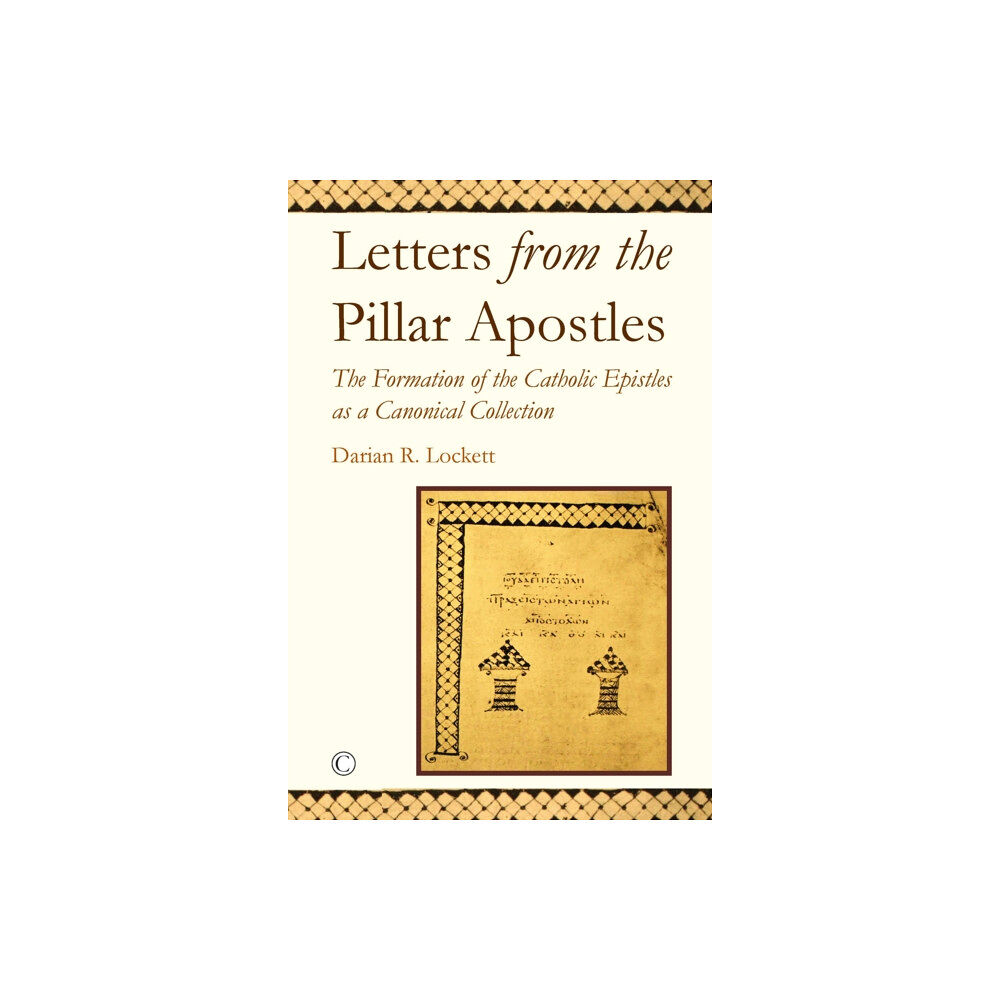Rather than reading the Catholic Epistles in isolation from each other - understanding their individual historical situations as the single, determinative context for their interpretation - this study argues that a proper understanding of these seven letters must equally attend to their collection and placement within the New Testament canon.
Resisting the judgment of much of historical-critical analysis of the New Testament, namely that the concept of canon actually obscures the meaning of these texts, it is the canonical process by which the texts were composed, redacted, collected, arranged, and fixed in a final canonical form that constitutes a necessary interpretive context for these seven letters.
This study argues that through reception history and paratextual and compositional evidence one can discern a collection consciousness within the Catholic Epistles such that they should be read and interpreted as an intentional, discrete canonical sub-collection set within the New Testament.
Furthermore, the work argues that such collection consciousness, though not necessarily in the preview of the original authors (being perhaps unforeseen, yet not unintended), is neither anachronistic to the meaning of the letters nor antagonistic to their composition.
| Format |
Häftad |
| Omfång |
274 sidor |
| Språk |
Engelska |
| Förlag |
James Clarke & Co Ltd |
| Utgivningsdatum |
2017-11-30 |
| ISBN |
9780227176740 |

